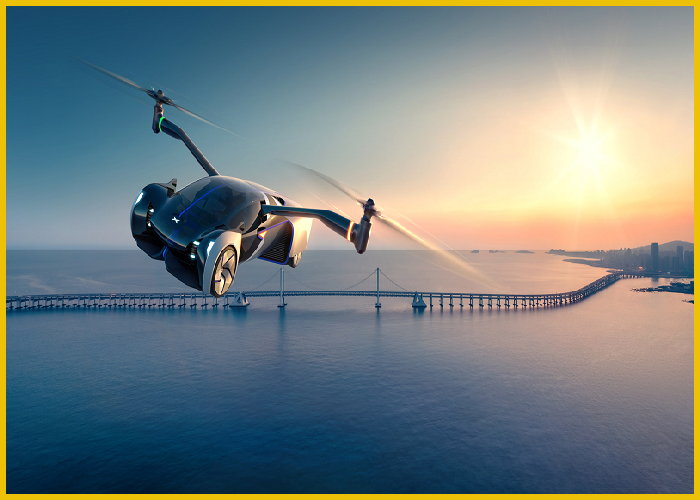How Long To Go To Mars?

Traveling to Mars is a complex and ambitious undertaking that demands meticulous planning, cutting-edge technology, and a thorough grasp of space dynamics.
The time required for a journey to Mars depends on several factors, including the mission design, propulsion system, chosen trajectory, and the positions of Earth and Mars in their respective orbits around the Sun.
Here, we explore the details of the time it takes to reach Mars and the various elements that influence this interplanetary voyage

Distance and Orbital Dynamics
Mars is the fourth planet from the Sun, located at an average distance of about 225 million kilometers (140 million miles) from Earth. The distance between Earth and Mars is not constant due to their elliptical orbits around the Sun.
The minimum distance (closest approach) between the two planets, known as opposition, occurs approximately every 26 months. During opposition, Mars and Earth are on the same side of the Sun, making it the optimal time for launching missions to Mars because it minimizes travel time.
Travel Time
Direct Trajectory: The shortest possible travel time to Mars is about 6 to 9 months. This type of trajectory is used when the mission is timed to coincide with a close approach (opposition) between Earth and Mars. The spacecraft travels directly from Earth to Mars in a relatively straight path.
Hohmann Transfer Orbit: This is a commonly used orbital maneuver to transfer from one orbit to another, such as from Earth’s orbit to Mars’ orbit. A Hohmann transfer orbit typically takes around 8 to 9 months. It involves launching the spacecraft when Earth and Mars are appropriately aligned and then using the least amount of energy (propellant) to transfer between the two planets’ orbits.
Faster Trajectories: Future missions may explore faster trajectories using advanced propulsion technologies or gravity-assist maneuvers (such as slingshotting around other planets) to shorten travel times. These could potentially reduce travel time to about 4 to 6 months, but they require more complex mission planning and technology development.

Factors Influencing Travel Time
Several factors influence how long it takes to get to Mars:
Launch Windows: The alignment of Earth and Mars affects the availability of launch windows. Missions typically aim to launch during periods when Earth and Mars are closest together, optimizing fuel efficiency and travel time.
Propulsion Systems: The type of propulsion system used on the spacecraft impacts travel time. Chemical propulsion, such as liquid or solid rockets, is currently the most common for Mars missions. Advanced propulsion concepts, like ion propulsion or nuclear propulsion, could potentially shorten travel times in the future.
Mission Objectives: The specific goals of the mission, such as scientific research, technology demonstration, or human exploration, influence mission design and duration. Human missions will likely require longer travel times and additional resources compared to robotic missions.
Environmental Considerations: Spacecraft must withstand the harsh conditions of interplanetary space, including exposure to radiation and temperature extremes. Mission planners must account for these factors in spacecraft design and mission duration.
Example Missions
Mars Rovers (e.g., Curiosity, Perseverance): Robotic missions typically take 6 to 9 months to reach Mars. For example, NASA’s Perseverance rover launched in July 2020 and landed on Mars in February 2021, a journey of about 7 months.
Mars Sample Return: Future missions, such as Mars Sample Return, involve more complex mission architectures and may take longer due to additional mission phases (e.g., sample collection, sample return).
Human Missions: Proposed crewed missions to Mars would likely take 9 months or more, factoring in life support systems, radiation protection, and the physiological effects of long-duration space travel on astronauts.

Extended Duration Missions and Crew Health
One critical aspect of planning human missions to Mars is addressing the physiological and psychological challenges posed by long-duration space travel:
1. Microgravity Effects:
-
Muscle Atrophy and Bone Density: Extended exposure to microgravity during the journey to Mars and potential stay on the Martian surface can lead to muscle atrophy and loss of bone density in astronauts. Countermeasures such as exercise regimes and possibly artificial gravity systems on spacecraft could mitigate these effects.
-
Fluid Redistribution: In microgravity, fluids in the body shift towards the upper body, causing facial puffiness and changes in vision due to increased intracranial pressure. Understanding and managing these fluid shifts are crucial for crew health.
2. Radiation Exposure:
-
Galactic Cosmic Rays and Solar Radiation: Spacecraft traveling to Mars and astronauts on the Martian surface are exposed to higher levels of galactic cosmic rays and solar radiation compared to Earth. Shielding and radiation monitoring systems are essential to minimize health risks from prolonged exposure.
-
Health Risks: Chronic exposure to radiation increases the risk of cancer and other health issues. Developing effective shielding materials and radiation protection strategies is vital for crew safety during the mission and potential colonization efforts.
3. Psychological Considerations:
-
Isolation and Confinement: Crew members on long-duration missions face psychological challenges such as isolation, confinement, and separation from loved ones. Maintaining mental health through support systems, communication with Earth, and recreational activities is crucial for mission success.
-
Mission Stressors: Managing stressors such as mission delays, equipment malfunctions, and interpersonal dynamics in a confined space requires effective crew selection, training in conflict resolution, and psychological support resources.
Environmental Sustainability and Resource Utilization
Exploration and potential colonization of Mars require innovative approaches to sustainable living and resource utilization:
1. In-Situ Resource Utilization (ISRU):
-
Water Extraction: Mars has abundant water ice at its poles and possibly underground. ISRU technologies aim to extract and purify water for drinking, agriculture, and as a source of hydrogen and oxygen for rocket fuel.
-
Atmospheric Processing: Mars’ atmosphere is mostly carbon dioxide. ISRU technologies could convert CO2 into oxygen for breathing and as a component of propellant production.
2. Energy Generation:
-
Solar Power: Mars receives about half the solar energy as Earth due to its greater distance from the Sun and a thinner atmosphere. Solar panels and advanced energy storage systems could provide renewable energy for habitats and equipment.
-
Nuclear Power: Compact nuclear reactors may provide a reliable power source for long-duration missions and support energy-intensive activities such as ISRU and life support systems.
Exploring and potentially colonizing Mars presents a monumental challenge for humanity, demanding breakthroughs in technology, medicine, and psychology.
Key to this endeavor is addressing the impacts of long-duration space travel on astronaut health, developing sustainable life-support systems, and utilizing Martian resources.
As space agencies and private companies push the boundaries of space exploration, international collaboration and interdisciplinary research will be essential in tackling the complexities of Mars exploration and establishing a viable human presence on the Red Planet.



Post Comment